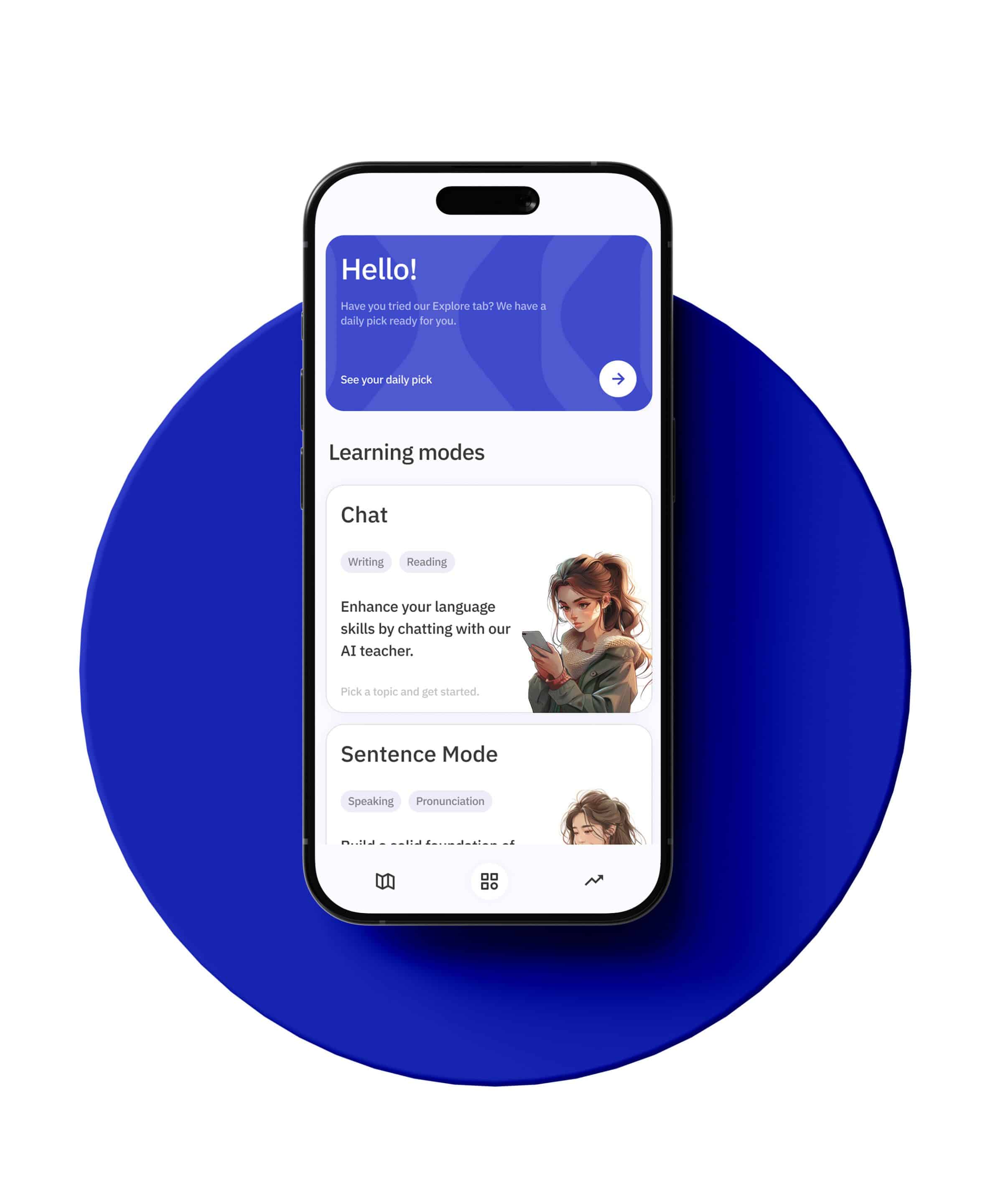The imperative form in Norwegian grammar is a fascinating and essential aspect of the language, especially for those who wish to give commands, make requests, or offer advice effectively. As with many other languages, the imperative mood in Norwegian is used to express an action that the speaker wants someone to perform. In this article, we will explore the structure, usage, and nuances of the imperative form in Norwegian, providing you with a comprehensive understanding to enhance your language skills.
Understanding the Imperative Form
The imperative form is a grammatical mood used to issue commands or requests. In Norwegian, the imperative is quite straightforward compared to some other languages. It is typically formed by using the verb stem without any additional endings. The simplicity of the imperative form makes it relatively easy to learn, but it is crucial to understand its proper usage and context.
Forming the Imperative
To form the imperative in Norwegian, you generally use the base form of the verb, which is the infinitive form minus the infinitive marker “-e.” Here are some examples:
– **Å gå** (to go) becomes **Gå!** (Go!)
– **Å spise** (to eat) becomes **Spis!** (Eat!)
– **Å lese** (to read) becomes **Les!** (Read!)
As you can see, the imperative form is typically the verb root itself, without any additional suffixes or prefixes.
Imperative with Reflexive Verbs
When dealing with reflexive verbs, the reflexive pronoun must be included in the imperative form. Reflexive verbs are those where the action reflects back onto the subject. For example:
– **Å vaske seg** (to wash oneself) becomes **Vask deg!** (Wash yourself!)
– **Å kle på seg** (to dress oneself) becomes **Kle på deg!** (Get dressed!)
The reflexive pronouns are crucial in these commands to clarify who is performing the action and who is receiving it.
Negative Imperative
To form the negative imperative in Norwegian, you use the word **ikke** (not) before the verb. This construction is used to tell someone not to do something. Here are some examples:
– **Ikke gå!** (Don’t go!)
– **Ikke spis!** (Don’t eat!)
– **Ikke les!** (Don’t read!)
The placement of **ikke** before the verb clearly indicates that the action should not be performed.
Usage and Context
Understanding when and how to use the imperative form in Norwegian is just as important as knowing how to form it. The imperative mood can be used in various contexts, such as giving commands, making requests, or offering advice. However, the tone and politeness level must be carefully considered to avoid sounding rude or abrupt.
Direct Commands
The most straightforward use of the imperative form is to give direct commands. This can be useful in situations where immediate action is required. For example:
– **Stopp!** (Stop!)
– **Kom hit!** (Come here!)
– **Lukk døren!** (Close the door!)
Direct commands are often used in situations where there is a clear authority or when urgency is involved.
Polite Requests
While the imperative form can sometimes sound too direct, it can be softened to make polite requests. Adding words like **vennligst** (please) or using a softer tone can help make the command more polite. For example:
– **Vennligst sett deg ned.** (Please sit down.)
– **Vennligst vent her.** (Please wait here.)
In Norwegian culture, politeness is highly valued, so using softer language can go a long way in maintaining good relationships.
Offering Advice
The imperative form can also be used to offer advice or suggestions. This is often seen in instructions or recommendations. For example:
– **Prøv denne maten.** (Try this food.)
– **Les denne boken.** (Read this book.)
– **Besøk museet.** (Visit the museum.)
Offering advice using the imperative form can be helpful in guiding someone to make a beneficial decision.
Imperative in Different Tenses
While the imperative form is typically present tense, it is worth noting that the context in which it is used can imply different times. For example, a command given now may have future implications. However, the imperative form itself does not change based on tense.
Future Implications
Commands given in the present can often imply future actions. For example:
– **Ring meg i morgen.** (Call me tomorrow.)
– **Møt oss klokken åtte.** (Meet us at eight.)
Even though the command is given in the present, the action is expected to happen in the future.
Past Context
Using the imperative in a past context is less common but can occur in storytelling or recounting instructions given previously. For example:
– **Jeg sa til ham: “Gå hjem!”** (I told him: “Go home!”)
– **Hun ropte: “Løp raskere!”** (She shouted: “Run faster!”)
In these cases, the imperative form remains the same, but the context indicates that the command was given in the past.
Common Imperative Expressions
There are several common expressions in Norwegian that use the imperative form. These expressions are often used in daily conversations and can be very useful to learn. Here are a few examples:
– **Se her!** (Look here!)
– **Hør etter!** (Listen up!)
– **Slapp av!** (Relax!)
– **Vent litt!** (Wait a moment!)
– **Skynd deg!** (Hurry up!)
These expressions are practical and can help you navigate everyday situations more effectively.
Imperative in Written Instructions
The imperative form is also commonly used in written instructions, such as recipes, manuals, or guides. For example:
– **Kok vannet i 10 minutter.** (Boil the water for 10 minutes.)
– **Legg til sukker og rør godt.** (Add sugar and stir well.)
– **Trykk på knappen for å starte.** (Press the button to start.)
Understanding these forms can be particularly useful when following written directions or completing tasks that require step-by-step instructions.
Nuances and Cultural Considerations
While the imperative form is relatively straightforward, it is essential to consider the cultural nuances and the context in which you are using it. Norwegian culture places a high value on politeness and respect, so using the imperative form appropriately is crucial.
Tone and Intonation
The tone and intonation used when speaking in the imperative form can significantly affect how the command is perceived. A harsh tone can make the command sound rude, while a softer tone can make it sound more polite and friendly. Practice using different tones to see how they change the perception of your commands.
Levels of Formality
Norwegian, like many languages, has different levels of formality. When giving commands to someone you do not know well or in a formal setting, it is important to use polite language. For example, instead of a direct command like **Gå!** (Go!), you might say **Kan du vennligst gå?** (Could you please go?). This softer approach shows respect and consideration.
Cultural Sensitivity
Being culturally sensitive is crucial when using the imperative form. In Norwegian culture, direct commands can sometimes be seen as impolite, especially if they come from someone who is not in a position of authority. Always consider the relationship you have with the person you are speaking to and adjust your language accordingly.
Practice and Application
To master the imperative form in Norwegian, practice is essential. Here are some tips to help you practice and apply what you have learned:
Role-Playing
Engage in role-playing exercises where you practice giving and receiving commands. This can be done with a language partner or in a classroom setting. Role-playing different scenarios, such as giving directions, making requests, or offering advice, can help reinforce your understanding and usage of the imperative form.
Interactive Exercises
Use interactive exercises and language learning apps that focus on the imperative form. These tools often provide instant feedback, helping you identify and correct mistakes quickly.
Immersive Experiences
Immerse yourself in the language by engaging with native speakers. Listening to how they use the imperative form in different contexts can provide valuable insights. Pay attention to the tone, intonation, and level of formality they use.
Written Practice
Practice writing sentences and short paragraphs using the imperative form. This can include writing instructions, recipes, or dialogue. Writing helps reinforce the grammatical structure and improves your overall language proficiency.
Conclusion
The imperative form in Norwegian grammar is a vital tool for giving commands, making requests, and offering advice. Its straightforward structure makes it relatively easy to learn, but understanding the cultural nuances and proper usage is crucial for effective communication. By practicing regularly and immersing yourself in the language, you can master the imperative form and use it confidently in various contexts. Whether you are giving directions, making polite requests, or following written instructions, the imperative form is an essential aspect of mastering the Norwegian language.







